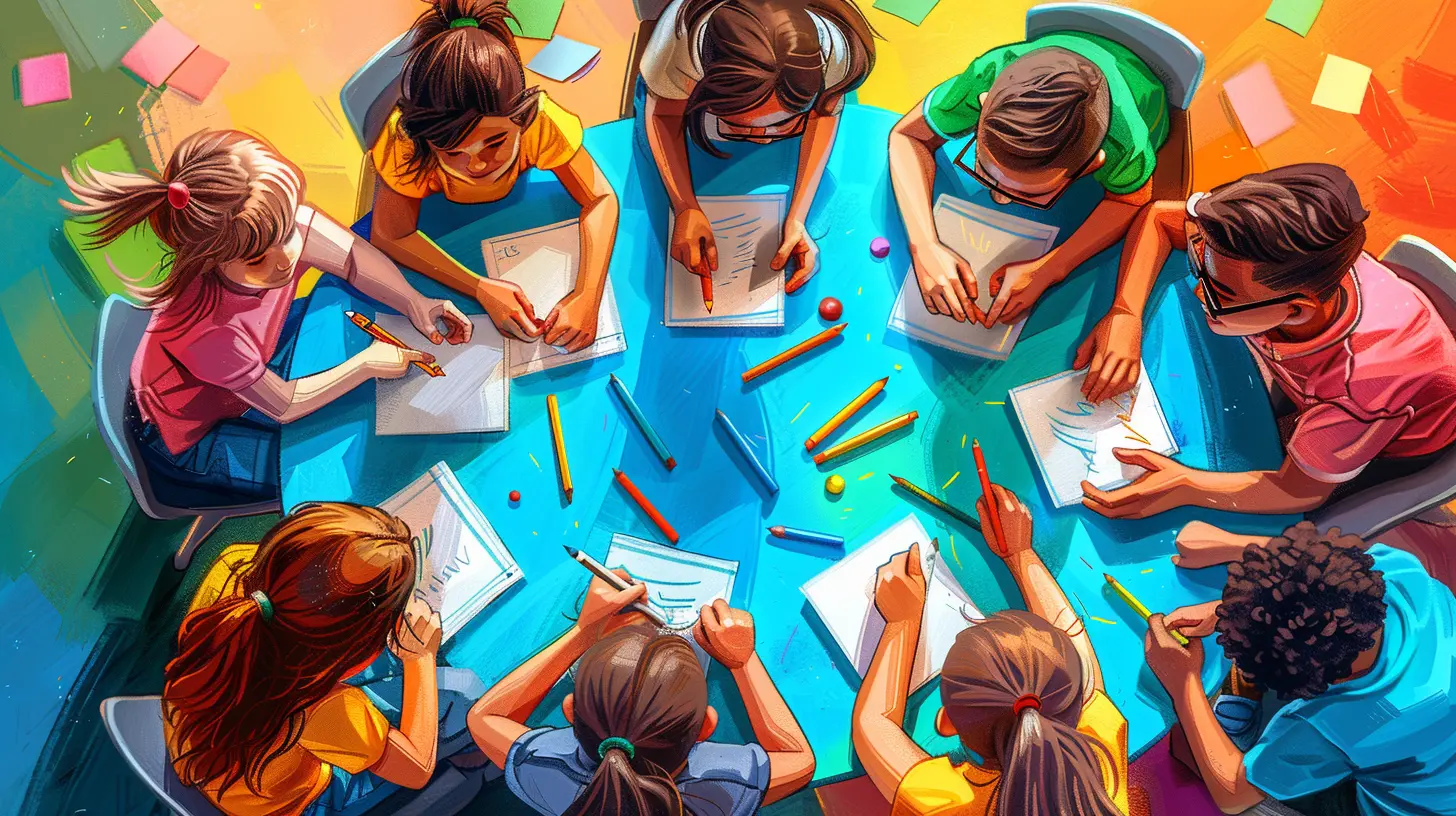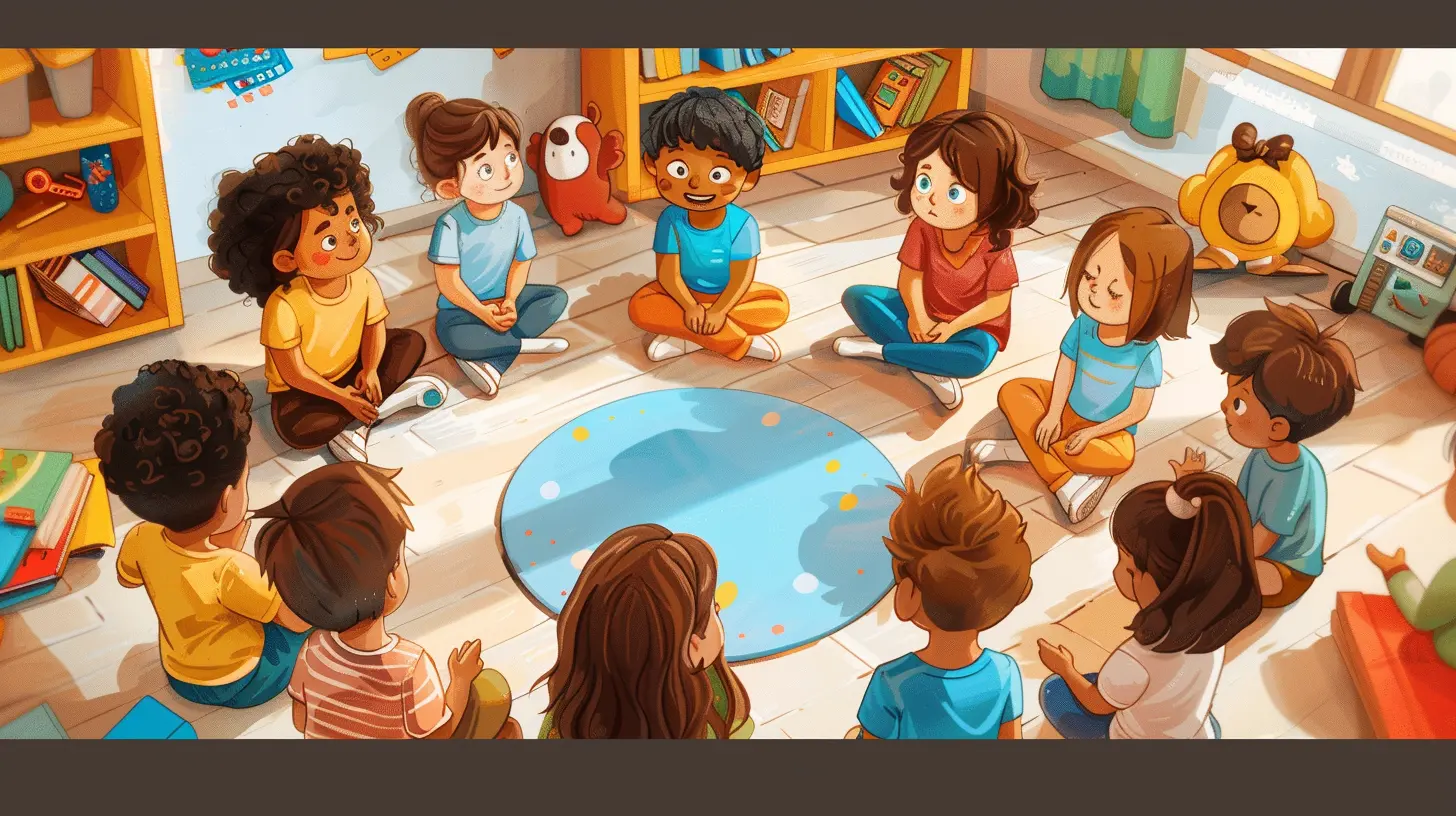How to Make Group Work Fun and Engaging for Students
12 November 2025
Group work in the classroom often gets a bad reputation. Some students do all the work while others simply coast along. But when done right, group work can be exciting, interactive, and even fun! So, how can we make teamwork something students actually enjoy? Let’s dive in!

Why Is Group Work Important?
Before we jump into the fun part, let’s discuss why group work matters. Collaboration teaches students essential life skills—communication, leadership, problem-solving, and teamwork. Plus, learning from peers can be more engaging than listening to a lecture. But if students dread group projects, those benefits disappear.
Ways to Make Group Work Fun and Engaging

1. Start with an Icebreaker
Imagine walking into a room full of strangers and being forced into a team—awkward, right? That’s how students feel when randomly assigned to a group. An icebreaker helps break down those walls. Try fun games like:- Two Truths and a Lie – Each student shares two true facts and one lie. The group guesses which one is fake.
- Would You Rather? – A quick game with silly questions to spark laughter.
- Speed Introductions – Each student has 30 seconds to introduce themselves.
A relaxed group is more likely to work well together!
2. Give Everyone a Role
Ever been in a group where one person does everything while the others just nod? Assigning specific roles ensures equal participation. Some great roles include:- Leader – Keeps the group on track.
- Recorder – Takes down important points.
- Presenter – Shares the final work with the class.
- Researcher – Finds information.
- Timekeeper – Ensures they stay on schedule.
This approach keeps students engaged and accountable.
3. Make It a Game
Who doesn’t love a little competition? Turning group work into a game adds excitement. Some fun ways to do this include:- Point System – Award points for teamwork, creativity, and completion.
- Escape Room Challenges – Give students puzzles to solve collaboratively.
- Jeopardy-Style Quizzes – Turn review sessions into a competitive game.
When students feel like they’re playing rather than working, they’ll stay focused without realizing it.
4. Set Clear Goals and Expectations
Ever started a project without knowing what you’re supposed to do? Frustrating, right? Make sure students have a clear understanding of:- The project's purpose
- What’s expected from each group member
- How their work will be graded
When they know the goal, they can focus on the process instead of guessing what to do next.
5. Mix Up the Groups Regularly
We all have our comfort zones, but always working with the same people can get stale. Changing things up helps students develop adaptability and social skills. Try:- Randomized groups – Shuffle names for each project.
- Skill-based pairing – Balance strengths and weaknesses.
- Interest-based grouping – Match students with similar interests for specific projects.
New groups mean new perspectives and ideas!
6. Use Technology to Enhance Collaboration
Technology isn’t just for social media—it can make group work more interactive! Some great tools include:- Google Docs & Slides – Allows real-time collaboration.
- Padlet – A digital board where students can post ideas.
- Kahoot & Quizizz – Fun quiz platforms for group learning.
- Trello – Helps organize tasks in a visual way.
When students can collaborate digitally, they stay engaged both inside and outside the classroom.
7. Encourage Creative Problem-Solving
Instead of straightforward tasks, challenge students with open-ended problems. Let them brainstorm creative solutions. Some ideas:- Debate-style discussions – Have them argue different viewpoints.
- Real-world challenges – Ask them to design a product, solve a mystery, or build a model.
- Role-playing scenarios – Let them act out historical events or pretend to be professionals in a field.
The more hands-on and creative the task, the more invested they’ll be!
8. Incorporate Movement
Sitting in one spot for hours? Boring. Let your students get up and move!- Gallery Walks – Place different problems or facts around the room. Each group moves station to station, adding to each one.
- Stand-Up Discussions – Instead of sitting, let students stand and engage in a debate or brainstorm session.
- Outdoor Collaboration – If possible, take the activity outside for a change of scenery.
Movement helps keep energy levels up and minds alert!
9. Provide Feedback and Reflection Time
What happens after the group work is just as important as the work itself. Give students a chance to reflect on their experience. Some ideas:- Peer Evaluations – Let them assess each other’s contributions.
- Reflection Journals – Ask them to write about what worked and what didn’t.
- Class Discussion – Have a conversation about successes and challenges.
When students reflect on what they’ve learned, they improve not just for the next project but for life.
10. Celebrate Successes
Who doesn’t like a little recognition? Celebrate their hard work!- Showcase their projects – Let them present to the class.
- Award certificates – Give fun badges for teamwork, creativity, leadership, etc.
- Positive Reinforcement – A simple "Great job!" goes a long way.
Acknowledging effort boosts confidence and motivation.

Final Thoughts
Group work doesn’t have to be a headache—it can be fun, engaging, and meaningful! By using icebreakers, assigning roles, making it a game, and embracing creativity, you can make teamwork an experience students actually look forward to.So next time you assign a group project, try out some of these strategies and watch the magic happen!
all images in this post were generated using AI tools
Category:
Group WorkAuthor:

Fiona McFarlin

